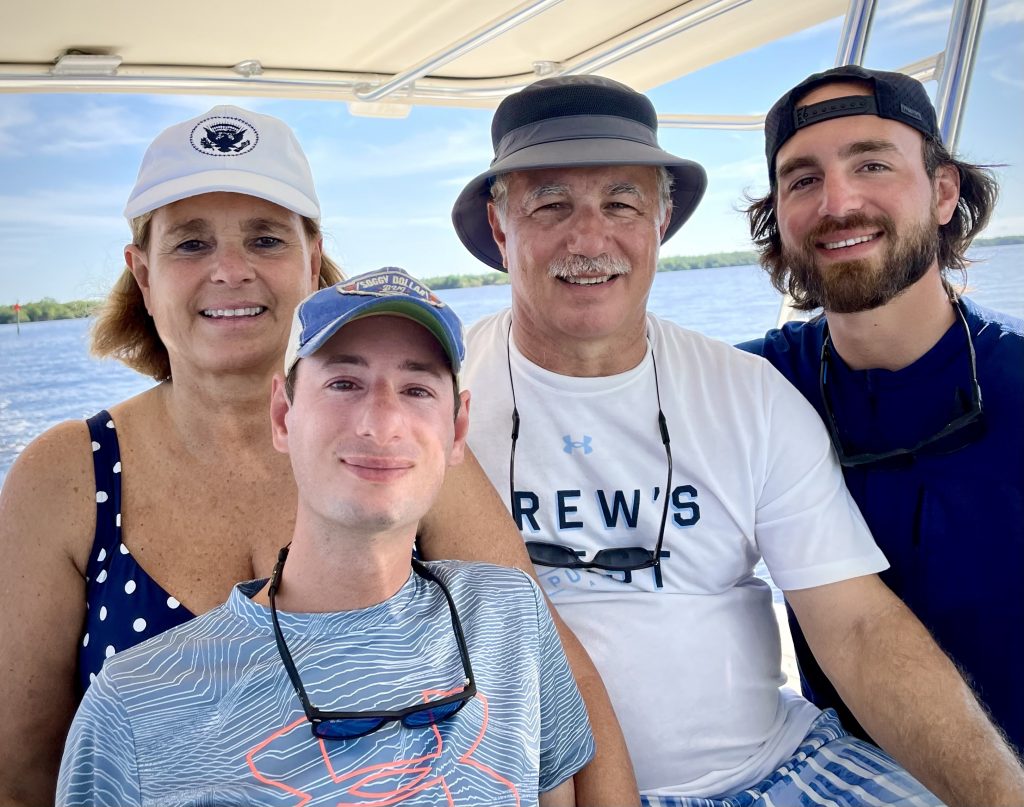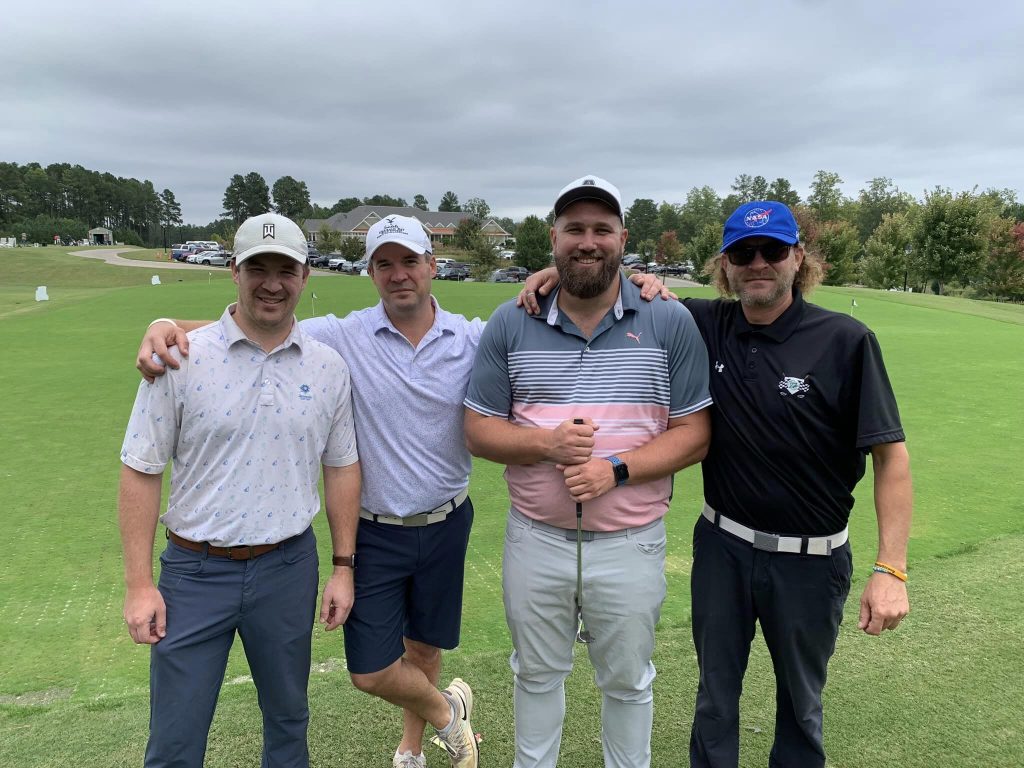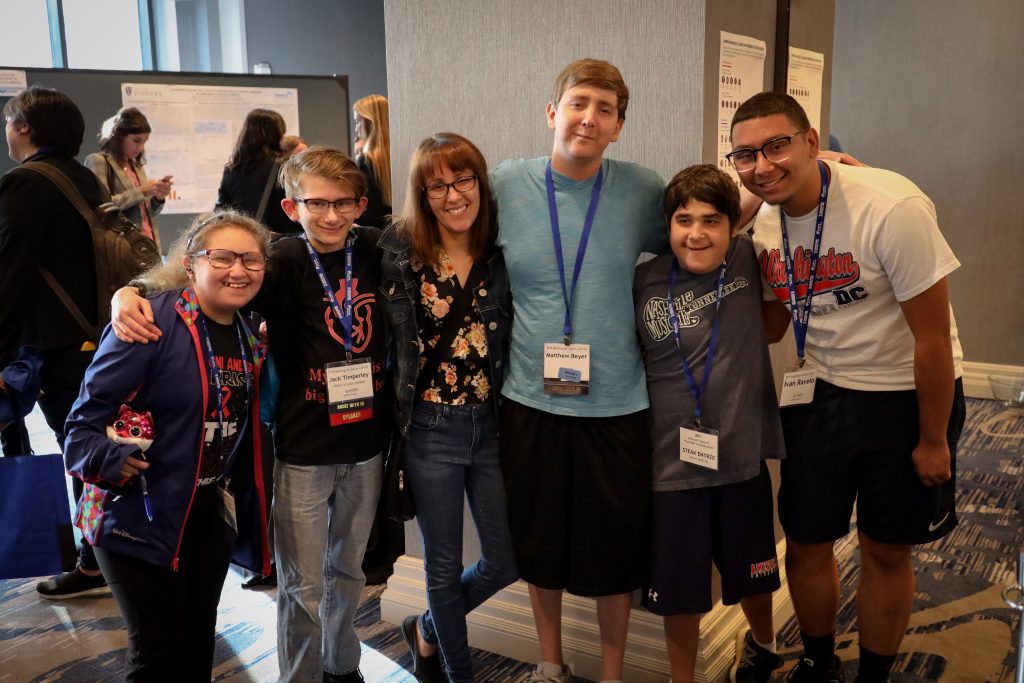
Our journey to the diagnosis of Fanconi anemia (FA) started in 1986 when we conceived a child via In vitro Fertilization (IVF). The pregnancy was normal until the sixth month, when the ultrasound showed intrauterine growth restriction. This meant that at 37 weeks, our son stopped growing. Andrew was born at 38 weeks, and his birth weight was 5 lbs. 4 oz.
In my heart of hearts, I knew something was wrong. His pediatrician thought he was just small. However, he was a very challenging newborn. He had a poor sucking reflex, had problems with every formula, and couldn’t tolerate my breast milk. He didn’t sleep through the night for six years and had terrible gastric distress.
Fifteen months after he was born, while on a ski vacation, my mother – who is Greek – observed that her grandson just wouldn’t eat. She took him to a pediatric gastroenterologist who immediately ordered genetic testing. A DEB test and other testing revealed chromosomal breakage, and he was confirmed to have Fanconi anemia by Dr. Arleen Auerbach at The Rockefeller University.
I learned of his diagnosis while seeing patients. The news was devastating as I learned from Dr. Auerbach that the prognosis was not good in the long term. At the time, 50% died before the age of 10, and only a bone marrow transplant would ultimately allow for a longer life. Minimal information was available to us, both as physicians and parents. Dr. Auerbach put me in touch with David and Lynn Frohnmayer.
An introduction to the Frohnmayer Family
Talking to Dave and Lynn Frohnmayer, who had already started the FA Research Fund, helped us deal with the scant information available at the time. I wanted to be proactive in our son’s diagnosis, so I organized the first Family Meeting in Washington, DC.
Approximately 20 families joined to hear Dr. Blanche Alter and a few other physicians discuss and explain FA to the families. From there, we had a family meeting at Disney World in Florida. Nancy Cincotta was able to organize future FA meetings at Camp Sunshine.
Through the years, many families, including ours, spent a significant amount of time fundraising for research. Our family and friends raised over half a million dollars over 10 years. That was a drop in the bucket compared to your families today and the Frohnmayers over all these years.
Camp Sunshine helped our family get through the hard times, with Nancy Cincotta at the helm of support for all the families. It was there that we started taking skin biopsies and blood to distribute cells for the multiple research centers. I flew blood samples and skin biopsies to Amsterdam from three boys who had chromosomal breakage syndrome that was FA similar but not exactly FA. It is still an enigma to this day! My son’s cells showed mosaicism in Dr. Hans Joenje’s lab. He was one of the early cases.
At age 11, Andrew was diagnosed with Non-Hodgkin’s Lymphoma. Our hematologist consulted with many of our FA-associated pediatric cancer and bone marrow specialists to determine the correct chemo for treatment. Interestingly enough, because Andrew had stem cell mosaicism, the chemo killed off the FA stem cells and left the good healthy stem cells.

Andrew as a child at Camp Sunshine
He has been in remission since then and is now 36 years old. While his bone marrow has been stable, he has urinary retention, has to catheterize himself every day, and has endured frequent falling and difficulty walking in the last few years. He now has a mild progressive neuromuscular disorder. This is presently being seen in some FA patients and may subsequently be FA neurological syndrome (FANS).
Our family is deeply indebted to the Frohnmayers, Nancy Cincotta, the FARF board and families we have met through the years. Every one of you has helped sustained us.




